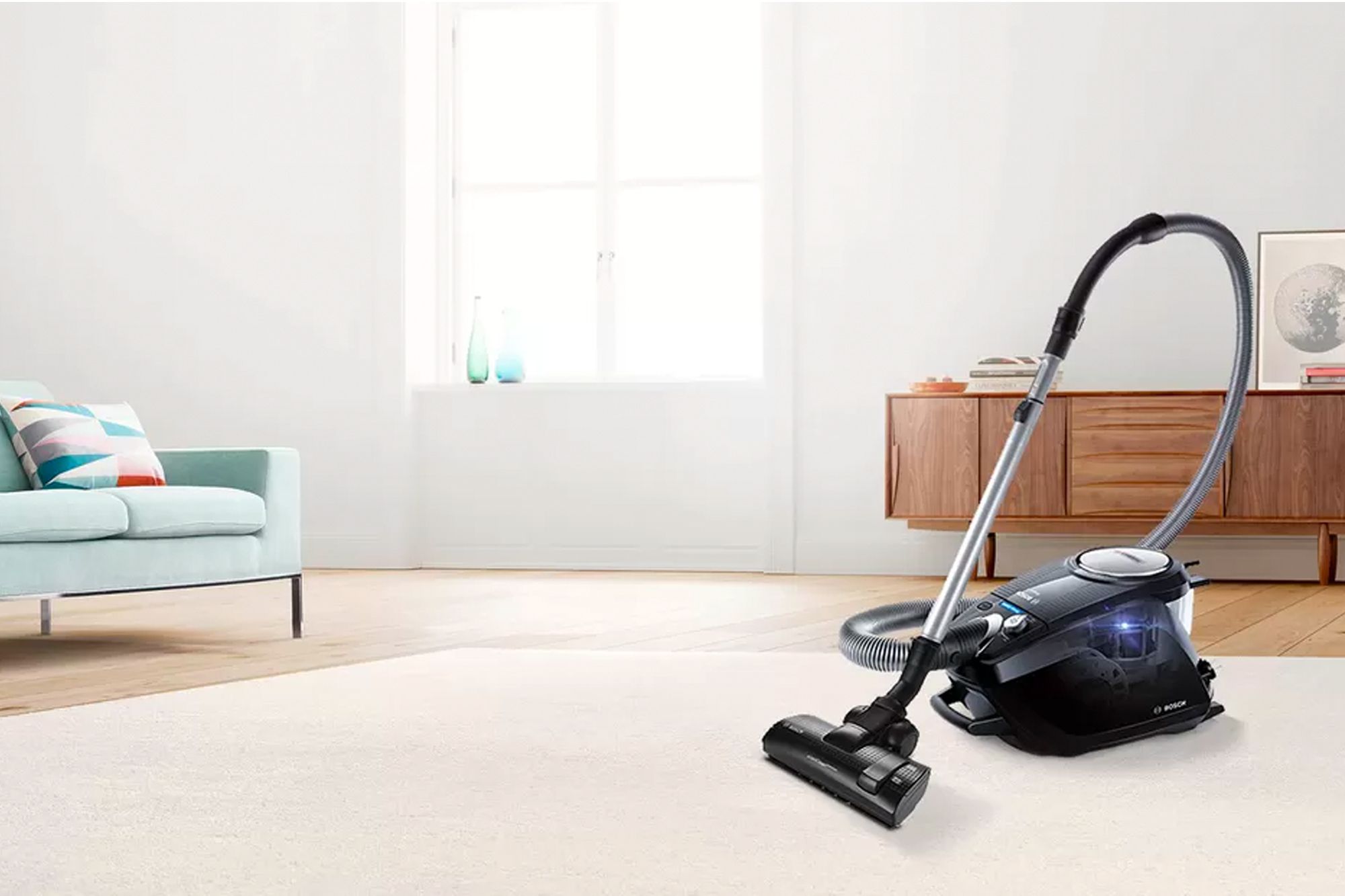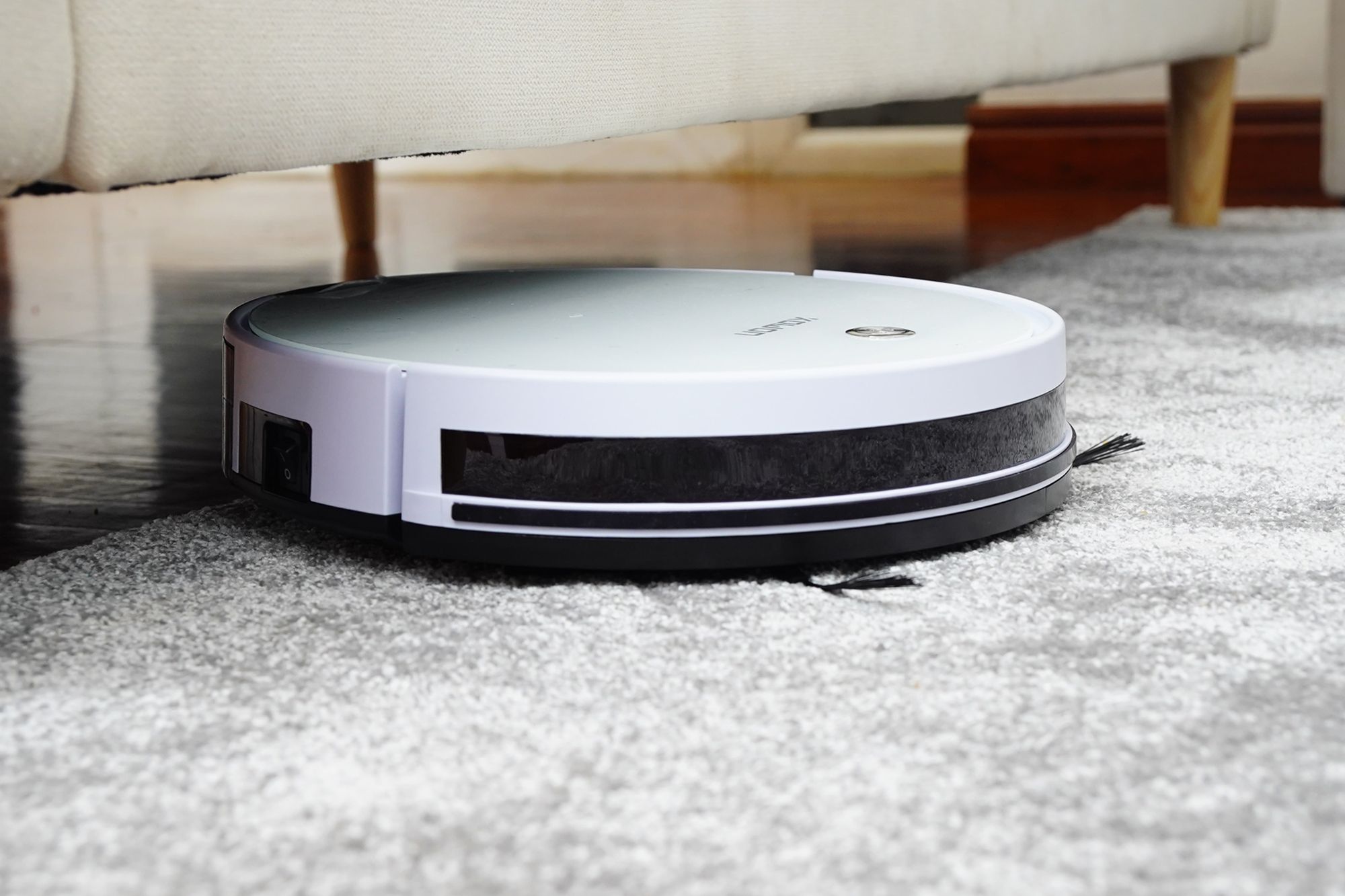Trying to figure out why your dust mite allergy keeps getting triggered? We asked industry experts for tips on keeping a dust-free home, as well as the most neglected areas in a home that you might have overlooked when vacuuming
Additional reporting by Hong Xinying
Amid a global pandemic, the cleanliness of our homes has taken precedence more than ever. What was once a mundane checklist of household chores has turned into a periodic schedule of cleaning and disinfecting to make our homes safe and healthy spaces to live in. Vacuuming is one of the fastest and often easiest ways to keep your home dust-free; regularly cleaning with a vacuum can also help minimise the growth of bacteria, germs, and dust mites.
From the most neglected areas in the house to the various types of vacuums on the market, these experts in the field share valuable advice for reducing the amount of dust at home.
See also: Coronavirus Tips: The Best Ways To Keep Your Office Clean
1. Create an everyday routine

To keep harmful allergens and dust mites at bay, it’s best to stick to a regular schedule when it comes to vacuuming. “Dust electrostatically ‘sticks’ to hard floors and the longer it sits on the floor, the more effort is required to dislodge it off the surface,” explains Dennis Matthews, Dyson’s research scientist in microbiology. “Cleaning regularly makes it easier to remove dust, which applies to the whole house and not just your floors.”
Jacqueline Toh, head of digital appliances at Samsung Electronics Singapore, recommends taking advantage of a robot vacuum’s features by setting it to clean daily at a certain time. “To simplify your cleaning experience, set up ‘no-go zones' around areas that might contain fragile items, or where disturbances are not preferred. Once this is established, you’ll only need a few taps on your smartphone to start the cleaning process. Pre-setting your cleaning schedule will give you a greater peace of mind.”







